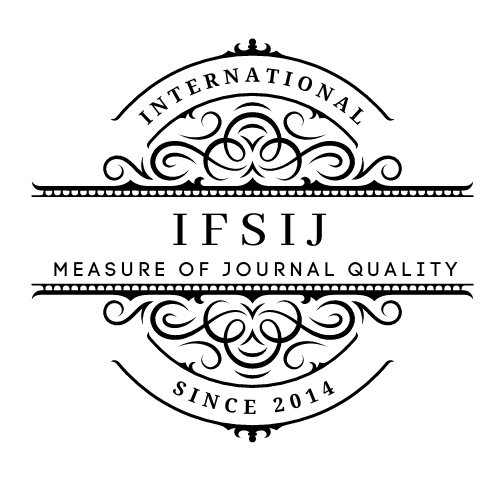GRAMMATICAL FEATURES OF ENGLISH AND UZBEK CONJUNCTIONS AND PROBLEMS OF THEIR TEACHING
Keywords:
Linguistics, language education, data gathering, educational strategies, literature review.Abstract
With an emphasis on their types, purposes, and syntactic roles within sentences, this study examines the grammatical characteristics of conjunctions in both English and Uzbek. In order to illustrate the structural and functional parallels and differences between the two languages, the research compares coordinating, subordinating, and correlative conjunctions.The study discusses the difficulties learners encounter when learning conjunctions in both languages in addition to the grammatical analysis. Common problems include learners' native language influence, sentence structure problems, and usage uncertainty. This study analyzes successful teaching tactics meant to overcome these obstacles by combining a review of the literature, data gathering from native speakers, and input from language educators. By advancing knowledge of conjunctions and suggesting strategies to enhance instructional strategies, the results will benefit the disciplines of linguistics and language education. The ultimate goal of this research is to promote increased fluency in both Uzbek and English, which will help both teachers and language learners.
Downloads
Published
How to Cite
Issue
Section
License

This work is licensed under a Creative Commons Attribution-NonCommercial-NoDerivatives 4.0 International License.















